What is the difference between Buddhism and Hinduism? Discover the myths and misunderstandings about two great Eastern religions here!
Because there are both similarities and differences between Hinduism and Buddhism, what really sets them apart is not so simple to summarize. Here you will therefore find everything you want to know about Hinduism compared to Buddhism!
Differences Hinduism – Buddhism
1: Buddha who?
When looking at Hinduism compared to Buddhism, the biggest difference is of course… Buddha! Unlike Hinduism, Buddhism has a founder, Siddhartha Gautama. According to the stories, this young prince reached a state of enlightenment at the age of thirty-five after traveling extensively and spiritually seeking. After reaching enlightenment on this journey, he decided to teach his discoveries. Buddhism is said to have originated from his lectures. Most Hindus regard Buddhism as a branch of their own religion and Siddhartha Gautama as an incarnation of the god Vishnu. There is no such thing as a founder or leader in Hinduism!
Check Out Our Assortment of Buddha Statues Here
2: Gods
The most visible difference between a Hindu temple and a Buddhist center is the number of different deities. Hindus have a whole universe of gods, each with their own cosmic powers and specific skills. Most Hindu Gods Statues are of the Trimurti, or three creation gods Shiva, Brahma, and Vishnu. Their companions and children such as Ganesha are also highly venerated. Buddhists on the other hand don’t venerate gods. Instead they look up to people who have reached or have come close to Nirvana, so-called Bodhisattvas. They play a major role especially in Mahayana Buddhism. Well-known Bodhisattvas are
- Avalokitesvara or Chenrezig
- Guanyin or Kannon
- Tara
Check Out Our Hindu God Statues Here
Difference 3: Scriptures
Buddhists and Hindus read different texts, the main difference being that Buddhists study Buddha’s teachings and Hindus draw inspiration from a combination of sources. In other words there is only one primary set of teachings in Buddhism and Hinduism, in comparison, has several sacred texts.
Hindu Vedas and Hero Stories
Hindus delve into the Vedas, a collection of ancient Sanskrit texts that contain not only myths and rituals, but also social, philosophical and even medical treatises – guess what Ayurveda gets its name from! In addition, there are separate books such as the Ramayana and Mahabharatha that tell about the origin of the world and the lives of heroes and deities.
Buddha’s Speeches and Other Texts
To be able to decipher Buddhist texts, you also need to know Sanskrit, or the less popular Pali. Theravada Buddhists, for example, base themselves on the Pali canon or Tipitaka, in which the most important speeches of Gautama Buddha are said to have been recorded. Mahayana adherents read their own Siddhartha sutras, Tibetan Buddhists know the Kangyur, Vajrayana the Tantras and Chinese use a canon of different schools mixed with a touch of Taoism and Confucianism. Not so simple, that Buddhism!
Buddhism and Hinduism Comparison: Hierarchy and Class
In the ancient Vedas of Hinduism, a division of society is described, the Varna Ashrama. On the basis of karma and spiritual talents, there would be four kinds of people or varnas with their own activities, rights and duties within society:
- priests and scholars
- warriors and rulers
- farmers and traders
- servants, citizens, and workers
Portuguese colonizers translated these groups as casta, meaning lineage. Once born in such a ‘caste‘ you would not be able to change social status or profession. There would even be outcastes, dalits, or untouchables who have to do the work that Hindus are not allowed to do. It is not entirely clear whether this distinction existed in Hindu texts or was formed under the influence of conquerors, perhaps even well before the Portuguese. In any case, the caste system was banned in the mid-20th century, because it is discriminatory. There is no mention of such a division into groups in Buddhist literature. Buddha, according to the texts, would accept anyone as a disciple, regardless of class or origin. According to Buddhists, in terms of equality, Buddhism is far more tolerant than Hinduism!
How Are Buddhism and Hinduism Similar?
In the first part of our Buddhism and Hinduism comparison we focused on the differences, so now it’s high time for the Buddhism- Hinduism similarities! Hinduism and Buddhism share a number of facts, customs, and important concepts, such as:
- Origin
- Karma
- Lotus Flower
- Ohm
- Mandala
- Meditation
The Origin of Hinduism and Buddhism
One of the simplest similarities between Hinduism and Buddhism is geography. Both ancient Hinduism and the somewhat younger Buddhism have their origins on the Indian subcontinent. A form of modern Hinduism based on the written Vedas, is said to have been around since the Iron Age. However the roots of the religion are much older based on religious rituals of Indus Valley Civilizations from the Bronze Age. Siddhartha Gautama, the prince who became Buddha is also said to be from Northern India and born into a Hindu family in the fourth century BCE. So these two religions are absolutely connected!
Karma
According to Hindus and Buddhists, all people are in a cycle of rebirth until they find their way to enlightenment. How do you do that? Pay less attention to outcomes of situations and more to the meaningfulness of your actions! According to Hindus and Buddhists, every action has an equal reaction, whether that be a reward or a retribution. They call this law of nature Karma. Good intentions and acting from a place of kindness are most important in creating good Karma. If you make kind decisions rather than ones that benefit you directly then you will continue to reincarnate happily. This may sound simple, but nothing could be further from the truth! Movements within Hinduism and Buddhism disagree not only about the precise meaning of karma, but also how best to deal with it. Luckily you have enough lives to figure it out!
The Lotus Flower
The Lotus Flower is a significant symbol within both Hinduism and Buddhism. This radiant beauty grows from the muddy bottom to the water’s surface, to blossom into a beautiful flower there. For many Hindus and Buddhists, this is a representation of spiritual development. People would start their learning process underwater in the dark unconscious, and then grow to consciousness and enlightenment. So now you know why Buddha Statues often contain a lotus flower!
The Ohm
The Ohm Sign is a symbol of eternity and unity for Hindus and Buddhists. Hindus regard the sound “aum” as the primordial vibration of the universe, while Tibetan Buddhists call it Avalokitesvara or Chenrezig, the bodhisattva of unconditional compassion. The most famous example of Ohm in action is the mantra Om Mani Padme Hum.
The Mandala
Both Hindus and Buddhists take inspiration from Mandalas, drawings or patterns around a center point. Often these works of art are round, but that is not necessarily the case. Mandalas depict worlds or spiritual concepts, sometimes with abstract lines and other times with gods or Buddhas in them. In Tibetan Buddhism in particular, these drawings or Thangkas are often used, for example as a subject of meditation. It is also a custom among monks to make sand mandalas and then ritually destroy them. According to Buddhists, change is the essence of the universe.
Meditation
Meditation or mindfulness practice is a basic need for most Hindus and Buddhists. Both are convinced that your mind can easily wander astray if it is untrained. Hindus believe that with a quiet mind you can experience your real self or atman. Not only would you be able to understand existence in that state, it also just makes you blissful. Buddhists practice not only insight but also detachment through meditation. The technique you need to master for this differs per school or school. You have Buddhist Zen meditation, but also Vipassana to train your mind. So plenty to choose from!
Symbolism and Practice
As you can see there are plenty of Hinduism and Buddhism similarities. Now that you know about the most general similarities between Buddhism and Hinduism and even some differences, you can learn more about the more specific symbols and practices of each. For example, get acquainted with gods such as Ganesha and the Cosmic Dancer Shiva Nataraja, or learn to Meditate with Shiva’s Mantra. Have you become curious about Buddhism before? Find out about the Types of Buddhas Statues Here, be enchanted by colorful Buddhist Prayer Flags and find out about Tibetan Buddhist Singing Bowl Meditation.
Wishing you zen vibes!


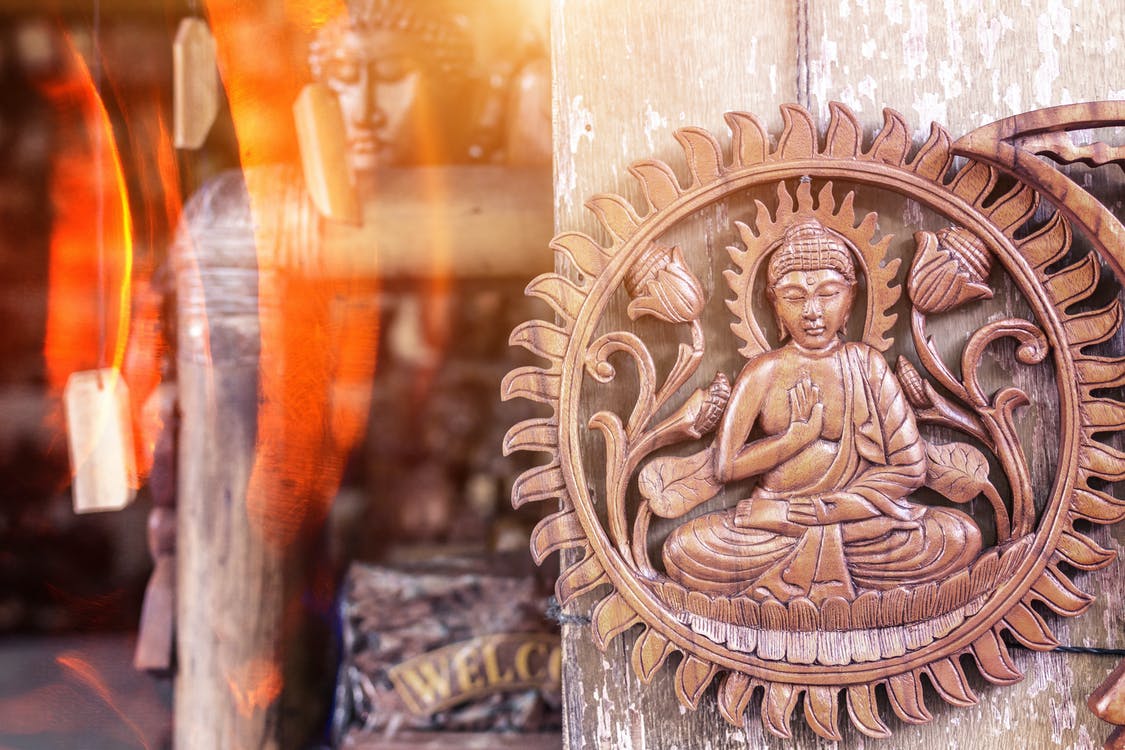
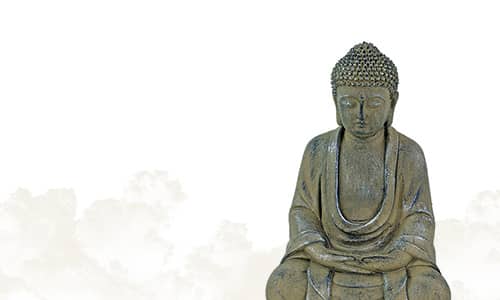






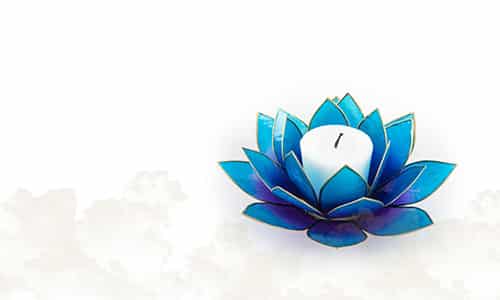
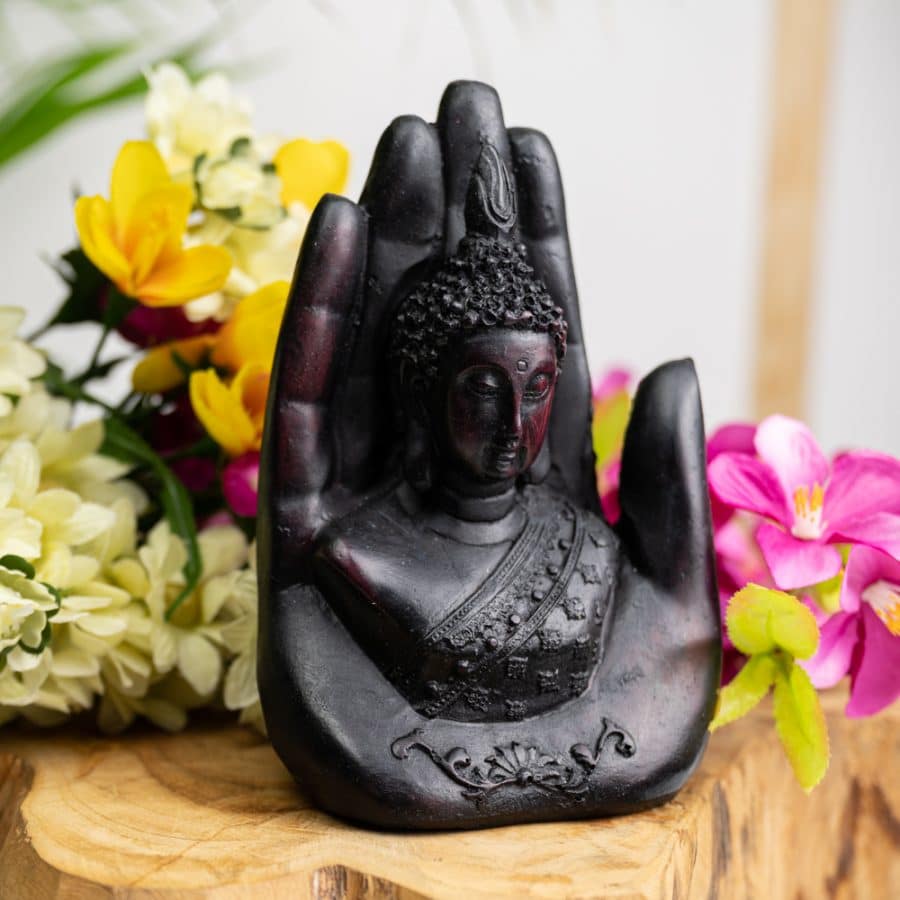
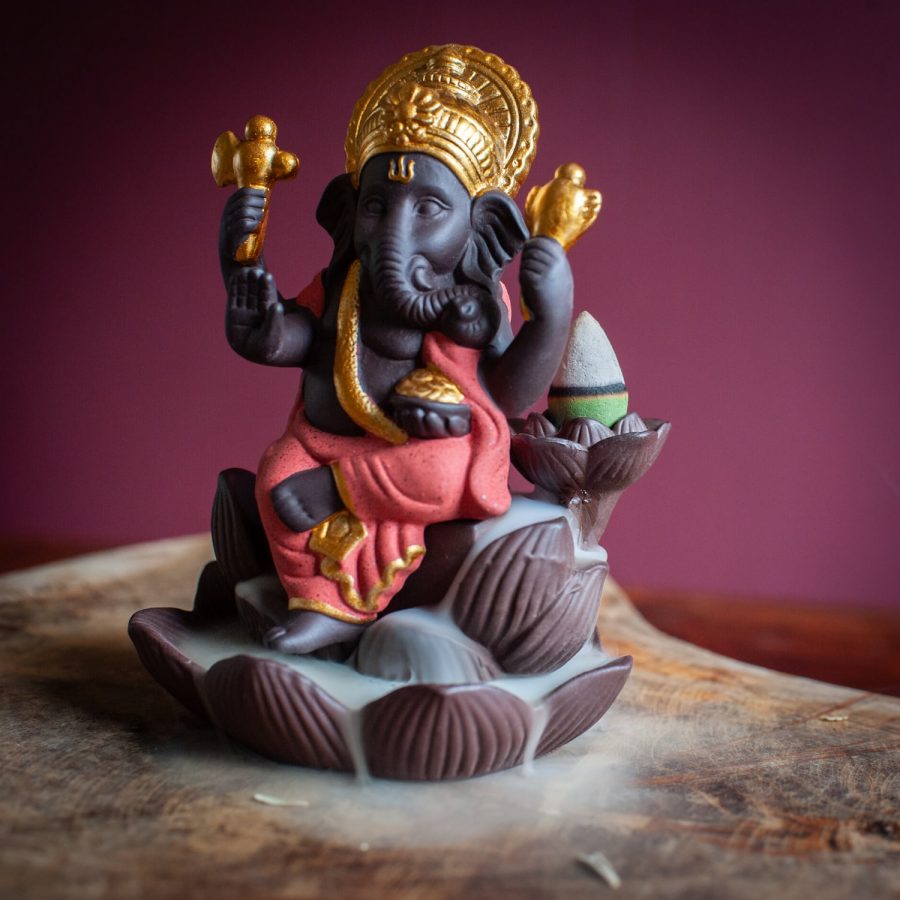


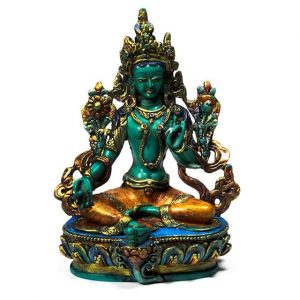
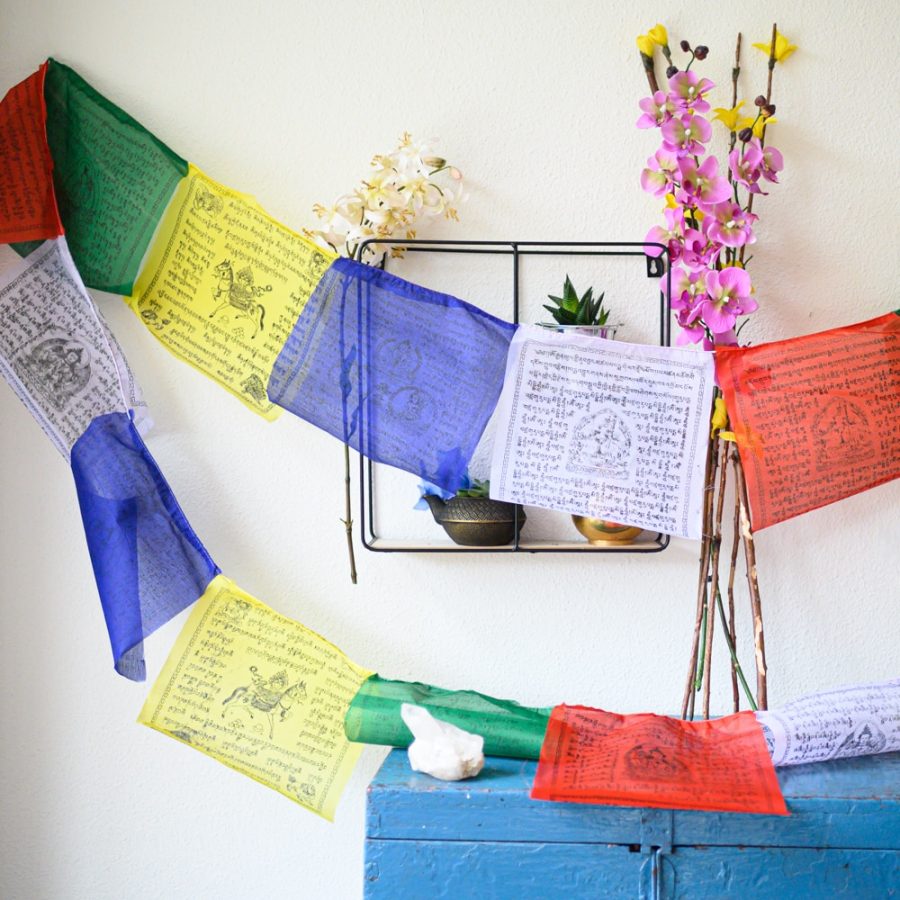
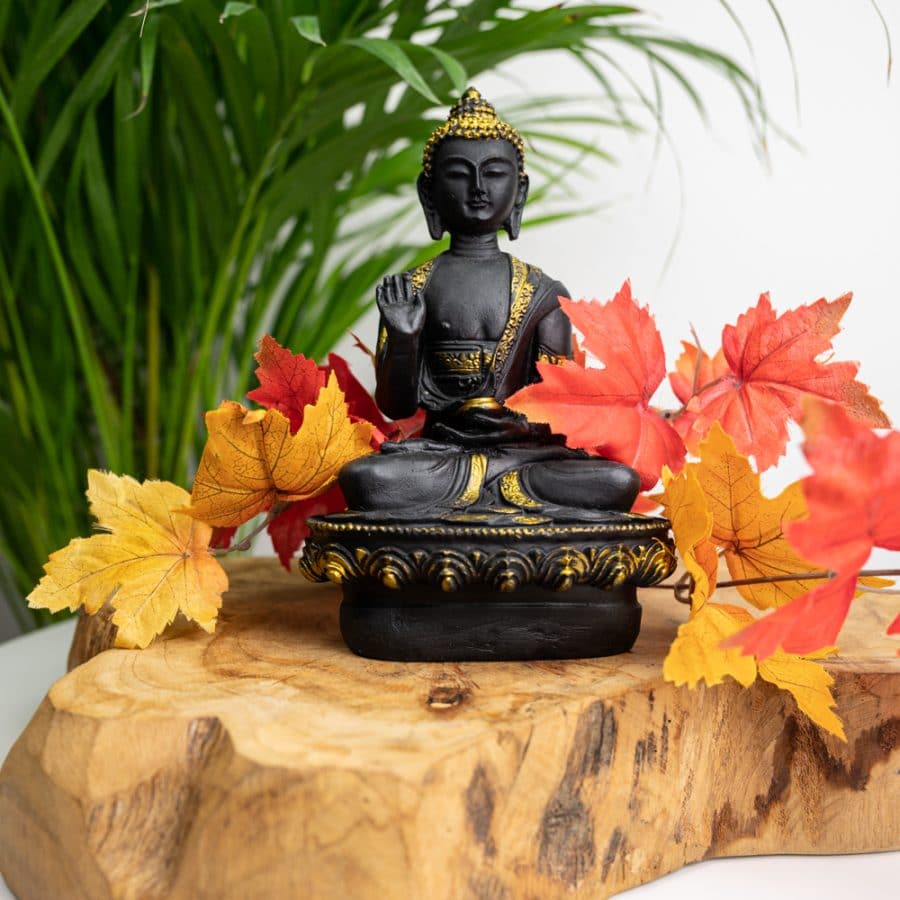
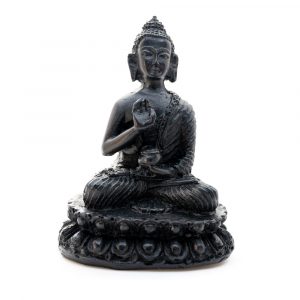
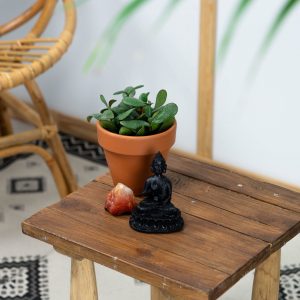
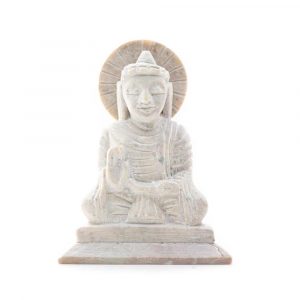

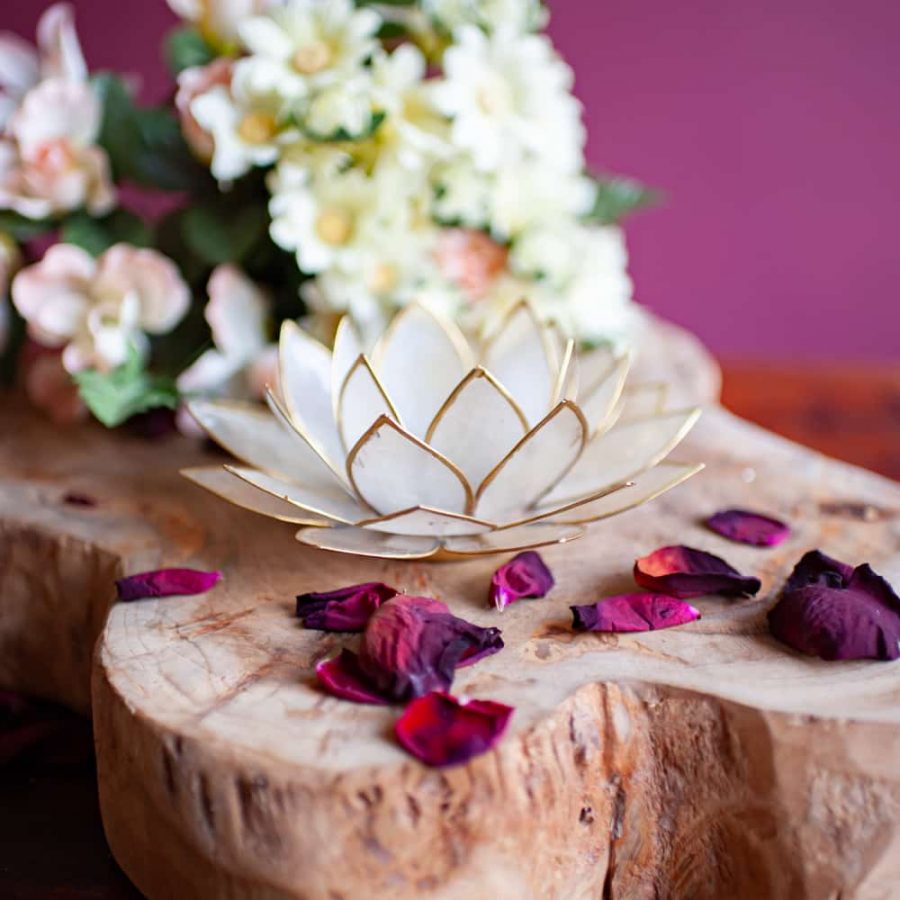

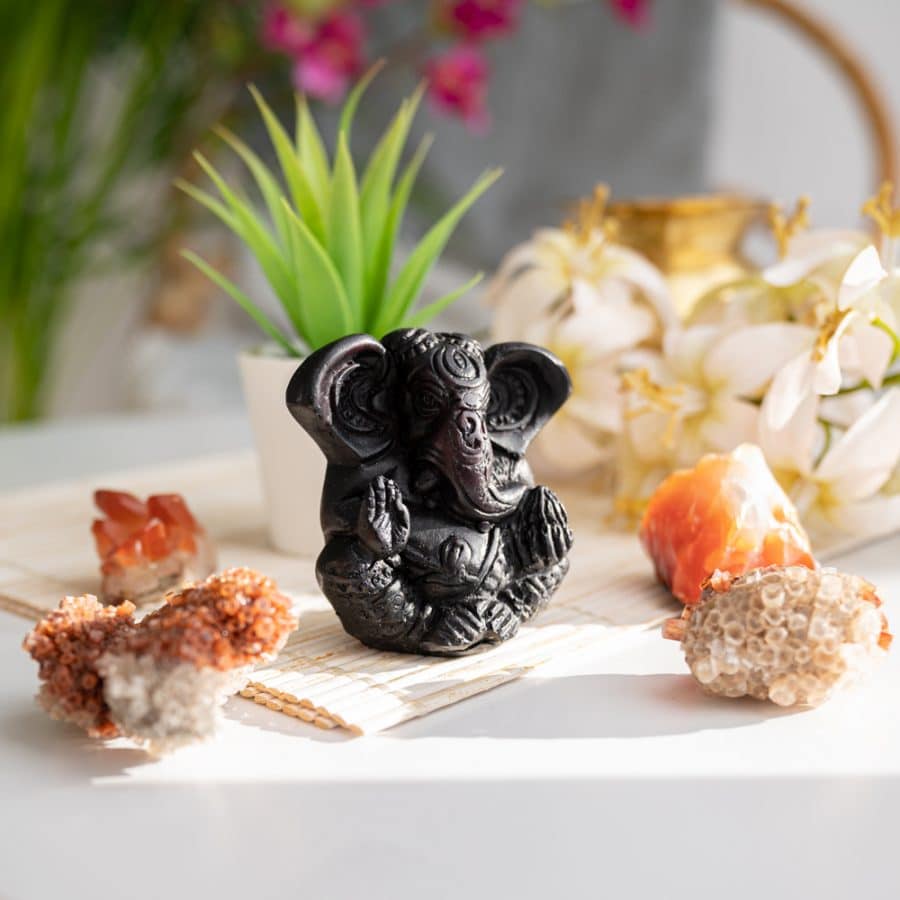
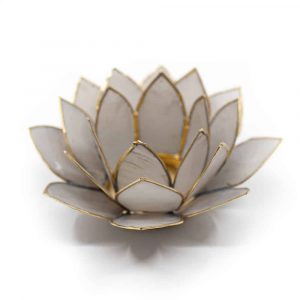

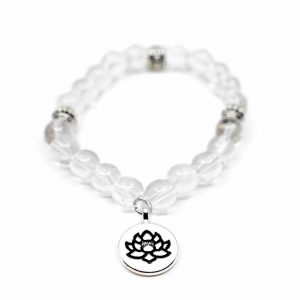


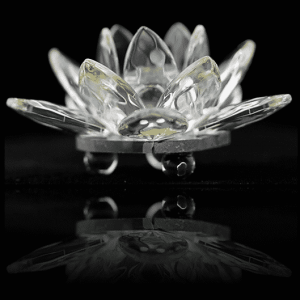

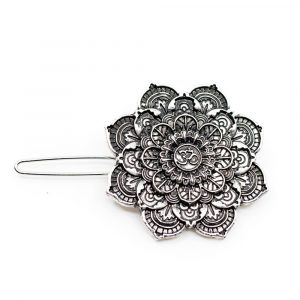

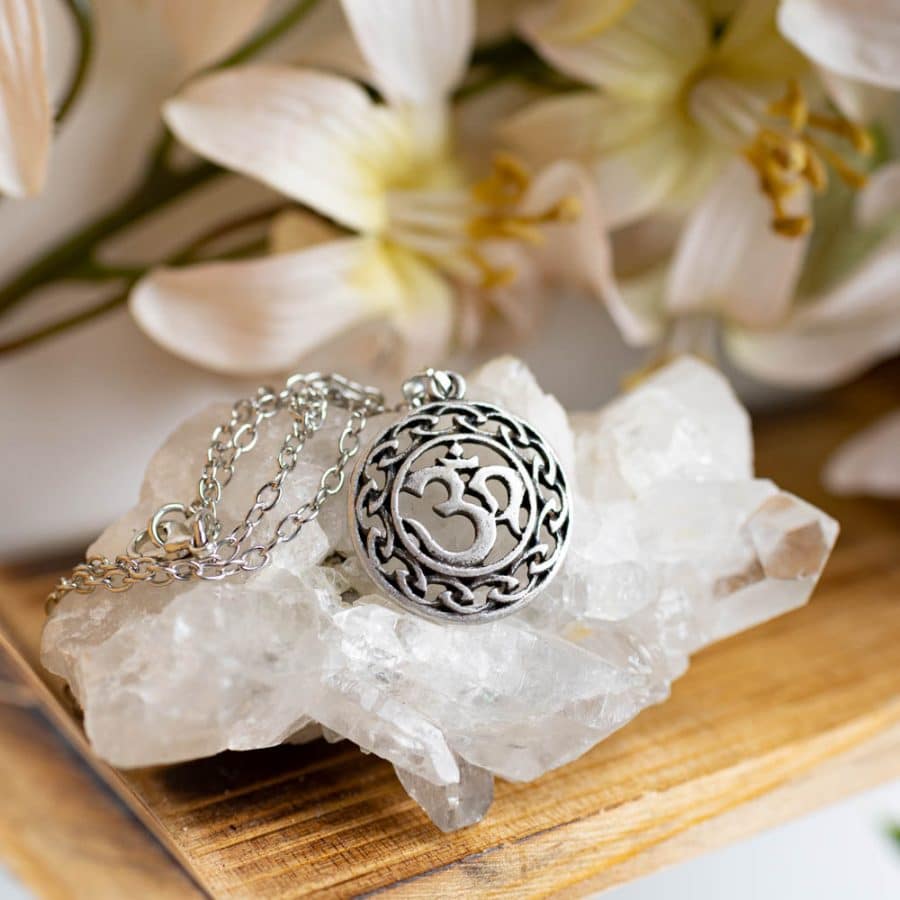




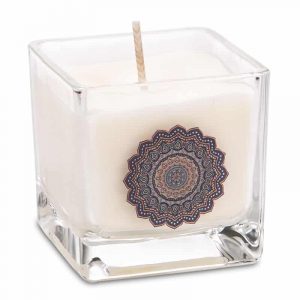

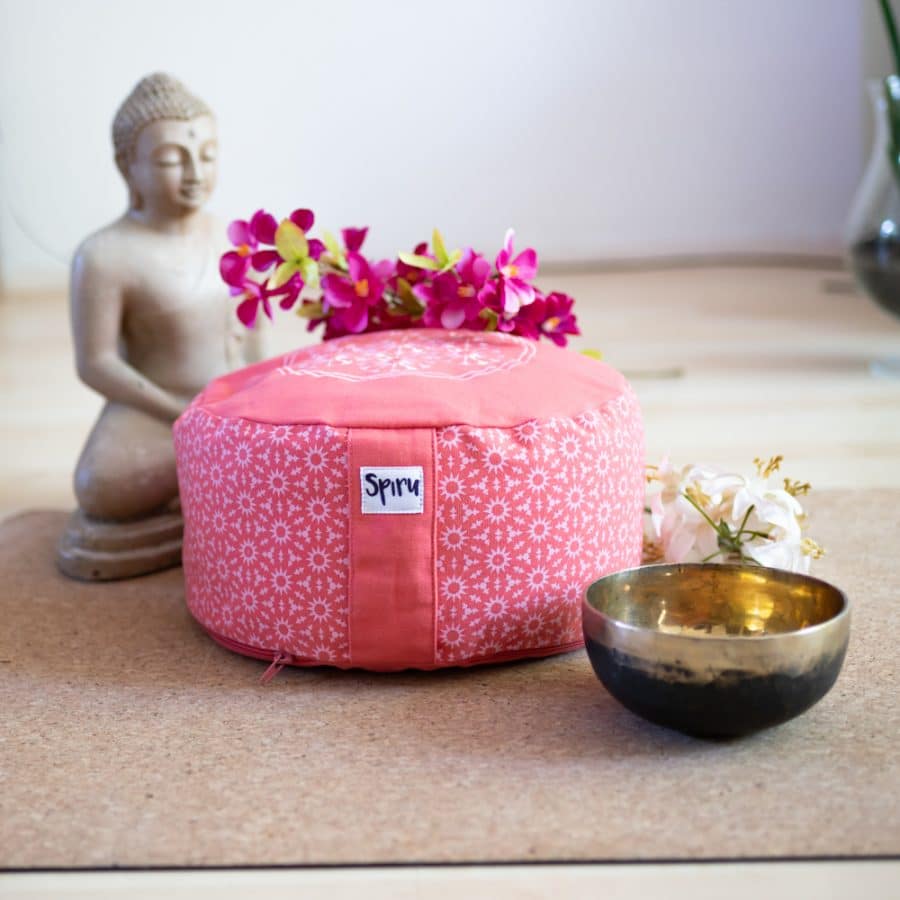
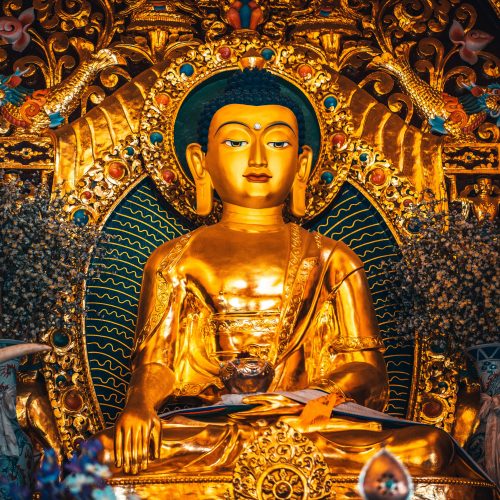



 Nederland
Nederland
 België
België
 Deutschland
Deutschland
 Europe
Europe
 España
España
 Sverige
Sverige
 Français
Français